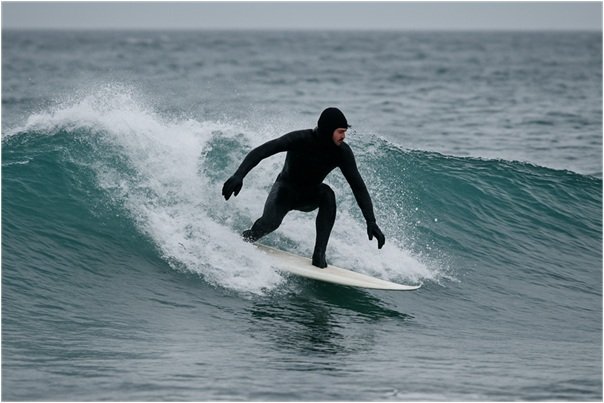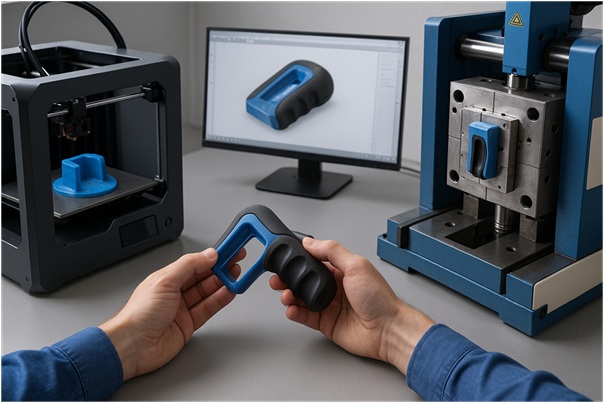Whether you are a professional surfer, a diving enthusiast, or simply someone who enjoys spending time in the water, having the right wetsuit can make a world of difference. For businesses or retailers looking to stock up, investing in wholesale wetsuits ensures that customers have access to a variety of styles that suit every need. Beyond mere protection from cold water, wetsuits enhance performance, provide comfort, and can even reduce fatigue during extended water activities.
Understanding the different styles of wetsuits available is crucial for anyone looking to maximize their experience in water sports. From surfers tackling powerful waves to divers exploring vibrant coral reefs, each activity has unique requirements. Here’s a breakdown of the top wetsuit styles and what makes them ideal for specific water activities.
Full Wetsuits
Full wetsuits, also known as full-body or steamer wetsuits, cover the entire body from neck to ankles. Typically made from thick neoprene, they are ideal for colder waters, providing maximum insulation and protection against wind, currents, and marine life.
- Best for: Cold-water surfing, diving, and kayaking.
- Key features: Zippered or zip-free options, reinforced knees and elbows, and smooth-skin panels for extra warmth.
- Benefits: Full coverage ensures minimal heat loss and protects against scrapes, stings, and sunburn.
Full wetsuits are particularly popular among divers who spend extended periods underwater or surfers navigating cooler climates. Their snug fit also helps maintain buoyancy and allows for more controlled movements in the water.
Shorty Wetsuits
Shorty wetsuits, or spring suits, cover the torso and often have short sleeves and legs. These are ideal for warmer waters where a full wetsuit would feel too heavy or restrictive.
- Best for: Summer surfing, snorkeling, and paddleboarding.
- Key features: Lightweight neoprene, easy mobility, and quick-drying materials.
- Benefits: Offers protection from sunburn and jellyfish stings while keeping the body cool.
Shorty wetsuits are perfect for casual water activities or locations where water temperatures are moderate. Their flexibility makes them ideal for beginners and children as well.
Farmer John / Farmer Jane Wetsuits
The Farmer John (men’s) and Farmer Jane (women’s) wetsuits are sleeveless with full-length legs. This design provides warmth for the core while allowing for greater arm mobility.
- Best for: Surfing, wakeboarding, and other activities requiring arm movement.
- Key features: Sleeveless design, reinforced torso, and snug waist fit.
- Benefits: Maximizes mobility for paddling and rowing while still offering warmth for the lower body.
These wetsuits are often used in milder climates or as a layering option under a vest or jacket in colder conditions.
Hooded Wetsuits
Hooded wetsuits include a built-in neoprene hood that covers the head and neck, providing additional warmth in extremely cold water conditions.
- Best for: Winter surfing, cold-water diving, and kayaking in chilly climates.
- Key features: Integrated hood, reinforced seams, and thicker neoprene.
- Benefits: Protects against hypothermia, keeps hair dry, and reduces heat loss from the head.
For extreme cold conditions, a hooded wetsuit is essential. Divers exploring northern oceans or surfers braving winter waves rely on these suits for safety and comfort.
Semi-Dry Wetsuits
Semi-dry wetsuits are designed with seals at the wrists, ankles, and neck to minimize water entry, keeping the wearer warmer for longer periods.
- Best for: Diving, surfing in cold conditions, and prolonged kayaking trips.
- Key features: Tighter seals, thick neoprene, and advanced stitching.
- Benefits: Offers superior insulation while maintaining flexibility for movement.
Semi-dry suits bridge the gap between full wetsuits and drysuits, making them versatile for varying water temperatures and activities.
Choosing the Right Wetsuit
When selecting a wetsuit, it’s important to consider water temperature, activity type, and personal comfort. Retailers stocking wholesale wetsuits should ensure they offer a mix of these styles to cater to all customer needs. Proper fit is crucial—too tight and it restricts movement; too loose and it reduces warmth and efficiency.
By understanding the distinct features and benefits of each wetsuit style, water sports enthusiasts can enjoy enhanced performance, safety, and comfort no matter the activity or conditions.
Refresh Date: September 23, 2025




